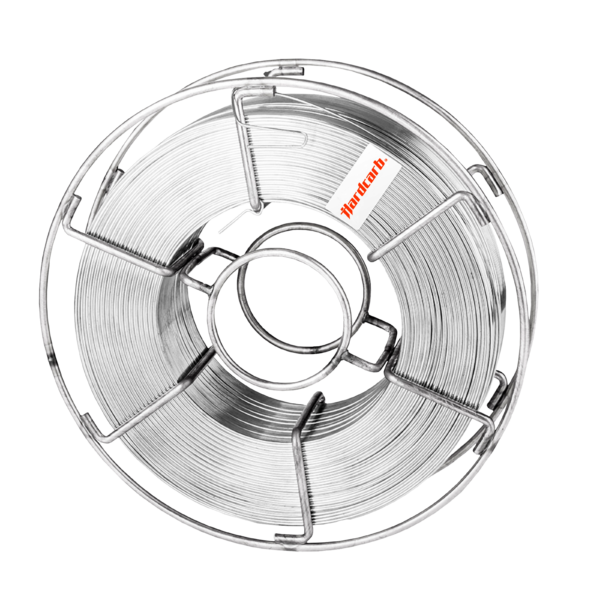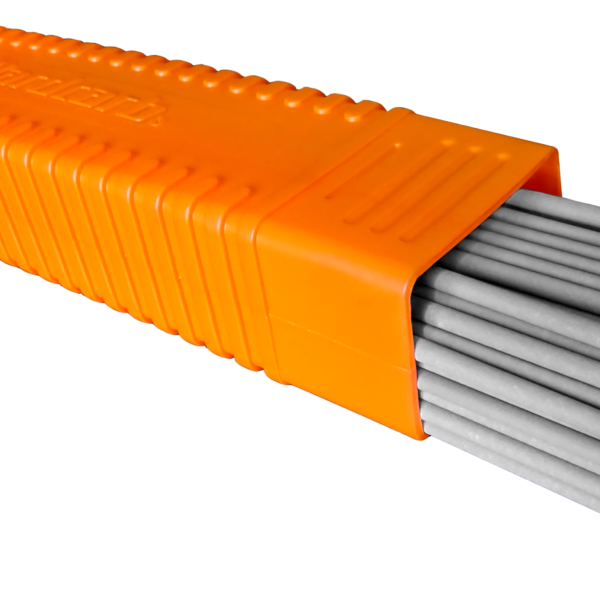Hardcarb 5021


Hardcarb 5021 is a low carbon, molybdenum strengthened cobalt-chromium alloy. Its excellent high temperature strength and stability are responsible for its use as a hot die material, while its inherent resistance to galling (under self-mated conditions), cavitation erosion, and corrosion have made it a popular fluid valve seat facing alloy.
Weld deposit characteristics:
The toughest cobalt alloy with the highest corrosion and thermal resistance of all cobalt-base alloys. The weld metal has excellent cavitation, galling and metal-to-metal sliding wear resistance, but is not recommended for severe hard particle abrasion. The surface can work harden considerably during wear or even during machining, and the use of correct machining tools and techniques is important to achieve optimal results. Excellent gliding characteristics, high toughness, good to polish, non-magnetic.
Recommended uses and applications
Typical applications:
» Engine valves,
» hot forging dies,
» gas turbine blades
» extrusion nozzles
» mixers
» valves for gas/water/vapour/acids
Additional info
Anti-wear suitability
| Metal-to-Metal friction Metal surfaces in relative motion forced into contact with or without lubricant. Degradation by the formation of micro-welds between the contacting surfaces. | Highly suitable |
| High pressure abrasion Wear by relative movement under pressure of mineral particles of suitable hardness, shape and texture to remove material from the metal surface, leaving superficial deformation. | - |
| Cavitation Tearing out of grains from the metal surface by the formation and implosion of bubbles in a liquid in rapid motion. | - |
| Mechanical fatigue Fatigue and formation of cracks in surface regions due to tribological stress cycles that result in the separation of material. | Suitable |
| Thermal fatigue Cyclic exposure to high temperatures leading to permanent deformation by alternate expansion and contraction. Alteration of the structure and properties of the material. | Highly suitable |
| Hot oxidation Creation of a poorly adhering oxide layer that reforms constantly. Degradation by loss of material thickness. | Highly suitable |
Workability
| Work hardening Work hardening is the process of making a metal harder and stronger through plastic deformation. When a metal is plastically deformed, dislocations move and additional dislocations are generated. | |
| Edge retention Suitability for creating sharp edges and retaining them during operation. | |
| Machining Machinability is the ease with which a metal can be cut (machined) permitting the removal of the material with a satisfactory finish at low cost. | Suitable using carbide tools. |